AMD’s new Ryzen 9000 processors have arrived, but how do they compare to the previous generation Ryzen 7000 or Intel’s Core 14th Gen processors when it comes to Reality Capture?
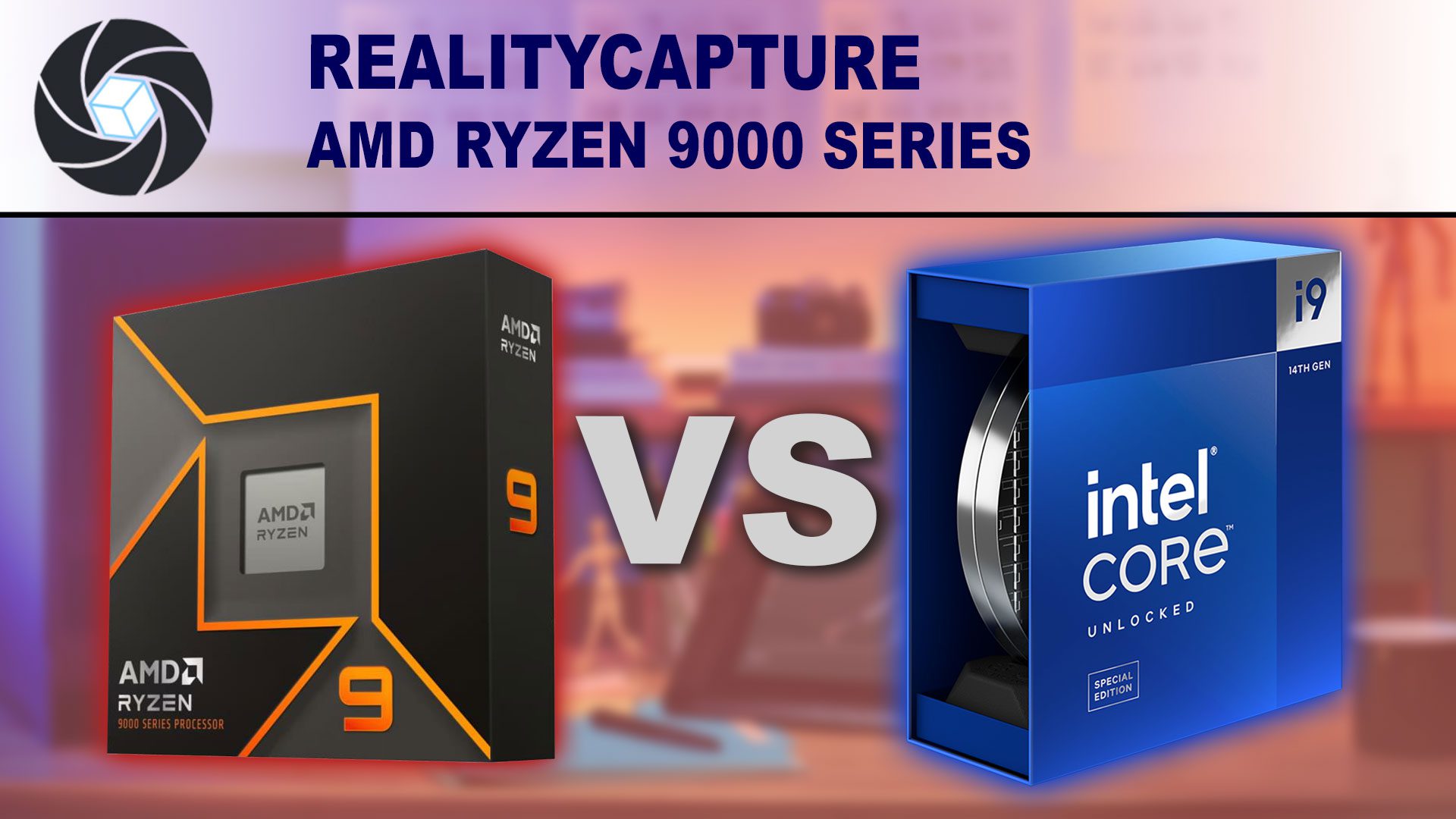

AMD’s new Ryzen 9000 processors have arrived, but how do they compare to the previous generation Ryzen 7000 or Intel’s Core 14th Gen processors when it comes to Reality Capture?
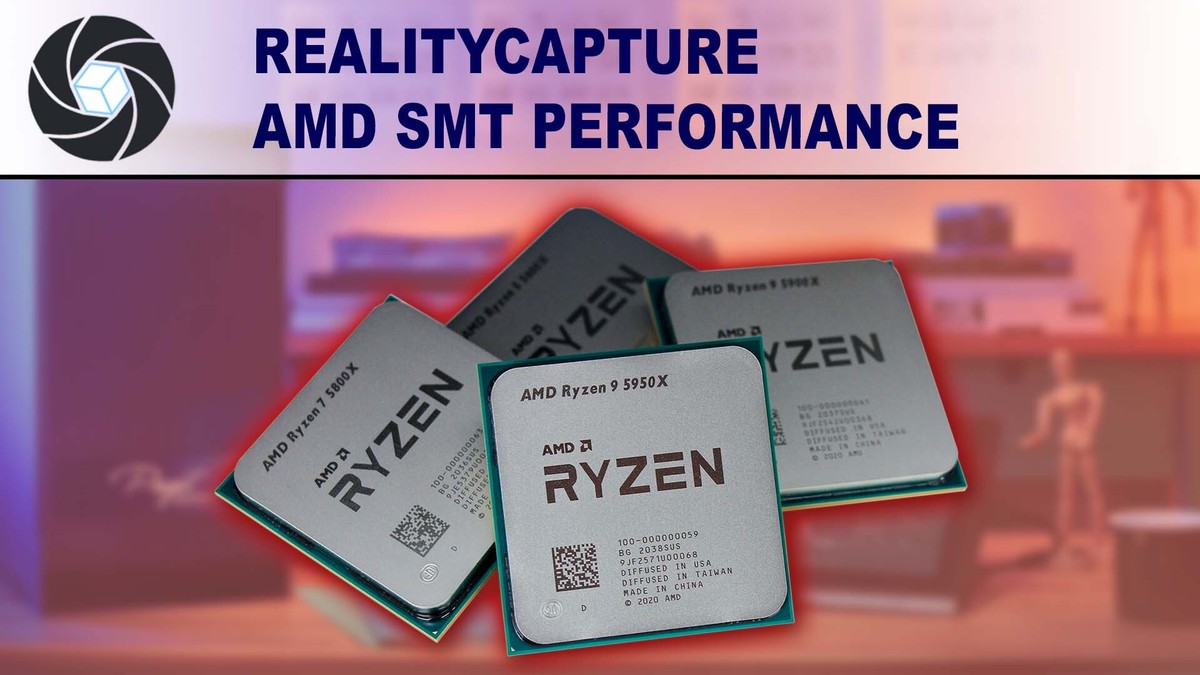
In the past we have found that RealityCapture can perform better on high core count processors when SMT is turned off. With the release of AMD’s Ryzen 5000 Series processors in late 2020, those became some of the fastest chips available for RealityCapture – and the top-end models in that family sit right on the edge of where we found disabling SMT to be helpful in our older tests. So does turning SMT off help or hinder these new Ryzen CPUs?
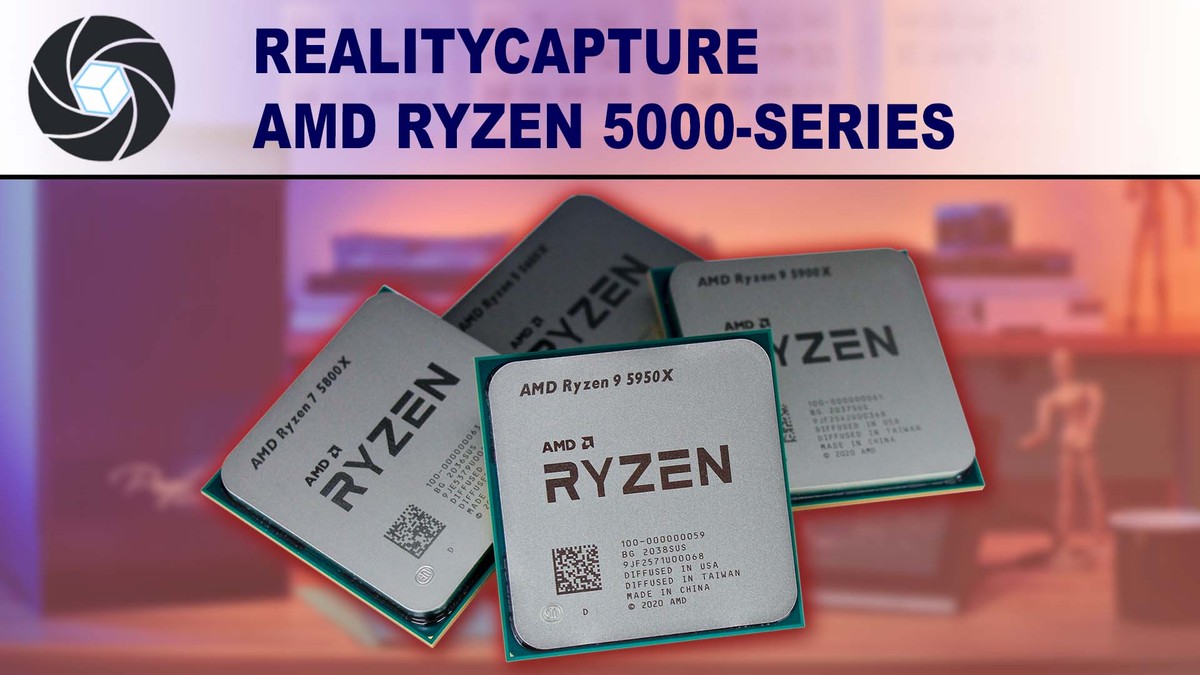
With the launch of the Ryzen 5000 Series, AMD has brought their updated Zen 3 microarchitecture to mainstream desktop computers. They claim these CPUs have substantial performance per clock improvements over the previous generation. Does that impact photogrammetry processing in RealityCapture? And if so, how do these new chips stack up against other AMD and Intel models?
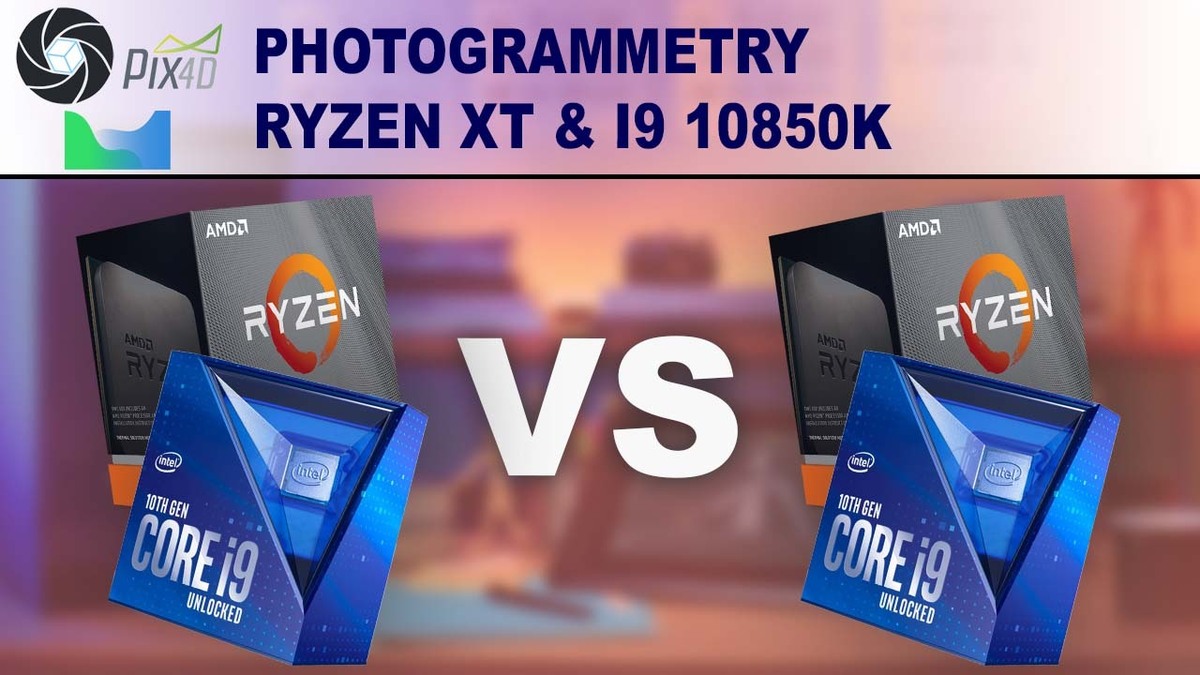
AMD and Intel have both released small revisions to their latest-gen consumer CPU lines, in the form of the Ryzen XT models and Core i9 10850K. On paper these appear to be identical to current products except for very slight adjustments in clock speed, but how do they stack up in real-world photogrammetry applications?

We’ve observed that some photogrammetry applications seem to perform better with lower core count processors, so we wanted to look at whether Hyperthreading and Simultaneous Multithreading could be negatively impacting performance in these programs. Next up is RealityCapture.
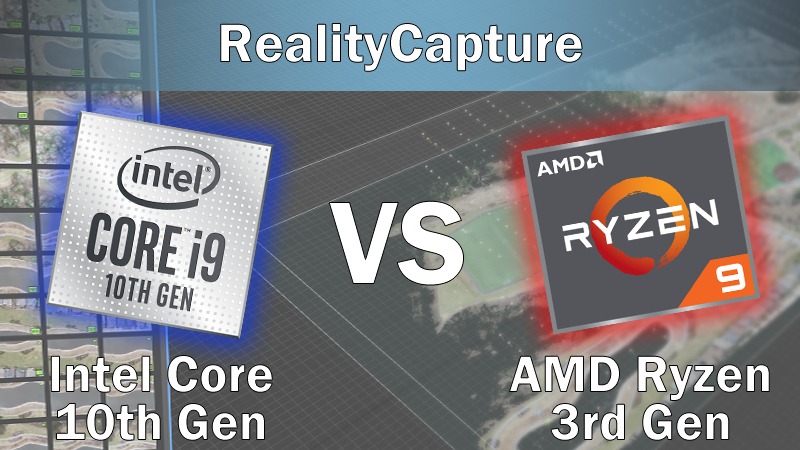
Intel’s new 10th Gen Core processors are out now, with an increased number of cores and very high clock speeds. How do they stack up against AMD’s Ryzen chips and other current models for photogrammetry workloads in RealityCapture?
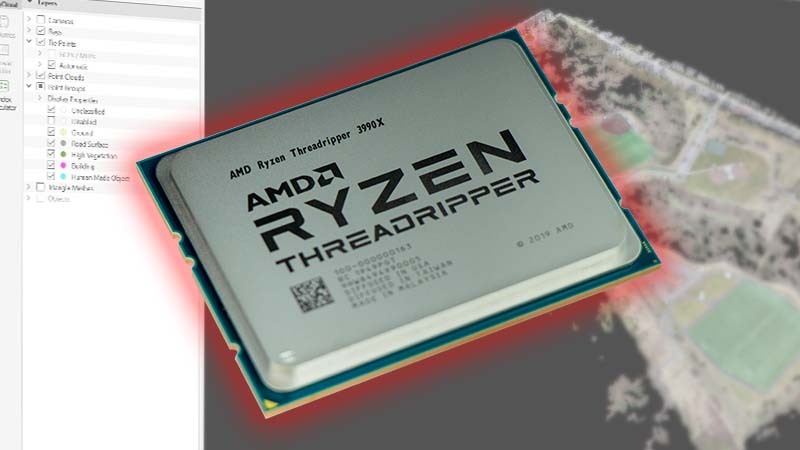
When AMD launched the 64-core Threadripper 3990X, some reviewers reported that performance of this 128-thread beast was hindered by running a normal version of Windows 10 Pro – and that instead using Windows 10 Pro for Workstations or Windows 10 Enterprise gave better results. We have investigated that claim using our in-house Pix4D and RealityCapture benchmarks to see if the choice of operating system could impact our customers.
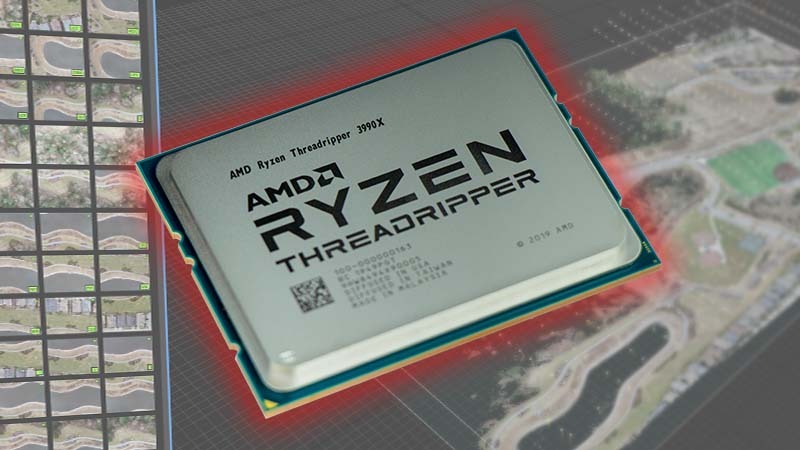
AMD has launched a new top-end processor, equipped with a whopping 64 cores: the Threadripper 3990X. After extensive testing we are ready to report on how this new CPU performs in RealityCapture, compared to several of AMD and Intel’s other current desktop chips.

Picking the processor, or CPU, is one of the most important decisions when building or buying a workstation – but there are dozens of options to pick from at any given point, with varying specifications and price points, so making the right choice isn’t always clear-cut. We’ve tested all of the latest processors from Intel and AMD across three popular photogrammetry applications to help you know what the best choice is for your next system.

Intel and AMD have both launched new lines of high-end desktop processors, with different approaches to increasing value. AMD’s 3rd Gen Threadripper CPUs are based on a newer microarchitecture, bringing better performance for around the same price as previous models. Intel, on the other hand, focused on reducing price while still using the same underlying technology as their last series. We tested both to see which approach gives the best results RealityCapture.